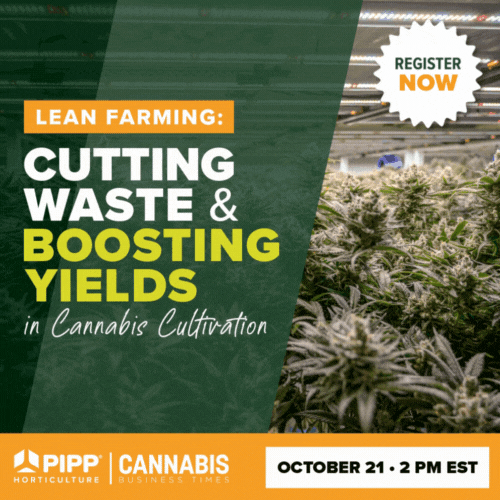With a nascent market like cannabis, objective data and research can be difficult to obtain. Opinions vary on everything from the most efficient cultivation practices to the most effective cultivars for treating specific ailments, but it’s important to continue to challenge commonly held beliefs.

Cannabis Business Times has written about the lack of peer reviewed research, most recently in the September 2019 cover story, “The Science Void.” Experts quoted in the article suggested that, while cannabis research remains a challenge to come by, cultivators set up their own studies, maintaining specific parameters for data points and keeping factors as consistent as possible for accurate results. We’ve also established our own studies here at CBT, including the following “State of the Cannabis Lighting Market” report, published since 2016.
By keeping questions consistent (with small modifications at times to obtain more meaningful results) and using nationally recognized, third-party researcher Readex Research to lead the study, CBT now has four years of data to compare, thanks to cultivators who have been willing to share their time and key aspects of their cultivation operations. This study has also been made possible by the generous support of Fluence. Key trends and notable results are highlighted throughout the following pages, comparing 2016 findings to what’s true for cultivators today. Like many other aspects of the cannabis industry, significant changes have occurred over a fairly short period of time regarding how cultivators approach lighting, from the type of lighting technology they use during various plant-growth stages to how they determine which lighting option is best.
 bruce bugbee
bruce bugbee
In addition to the report, two highly respected university researchers share insights into their studies on the lighting factors that affect cannabis and other plants. Although some research is available on the most effective lighting strategies for crop growth, there are always new things to discover. New technology and new questions have offered new insights, illustrating the importance of continuing to question and investigate previously held beliefs, and to study the rapidly evolving cannabis cultivation industry and its practices.















